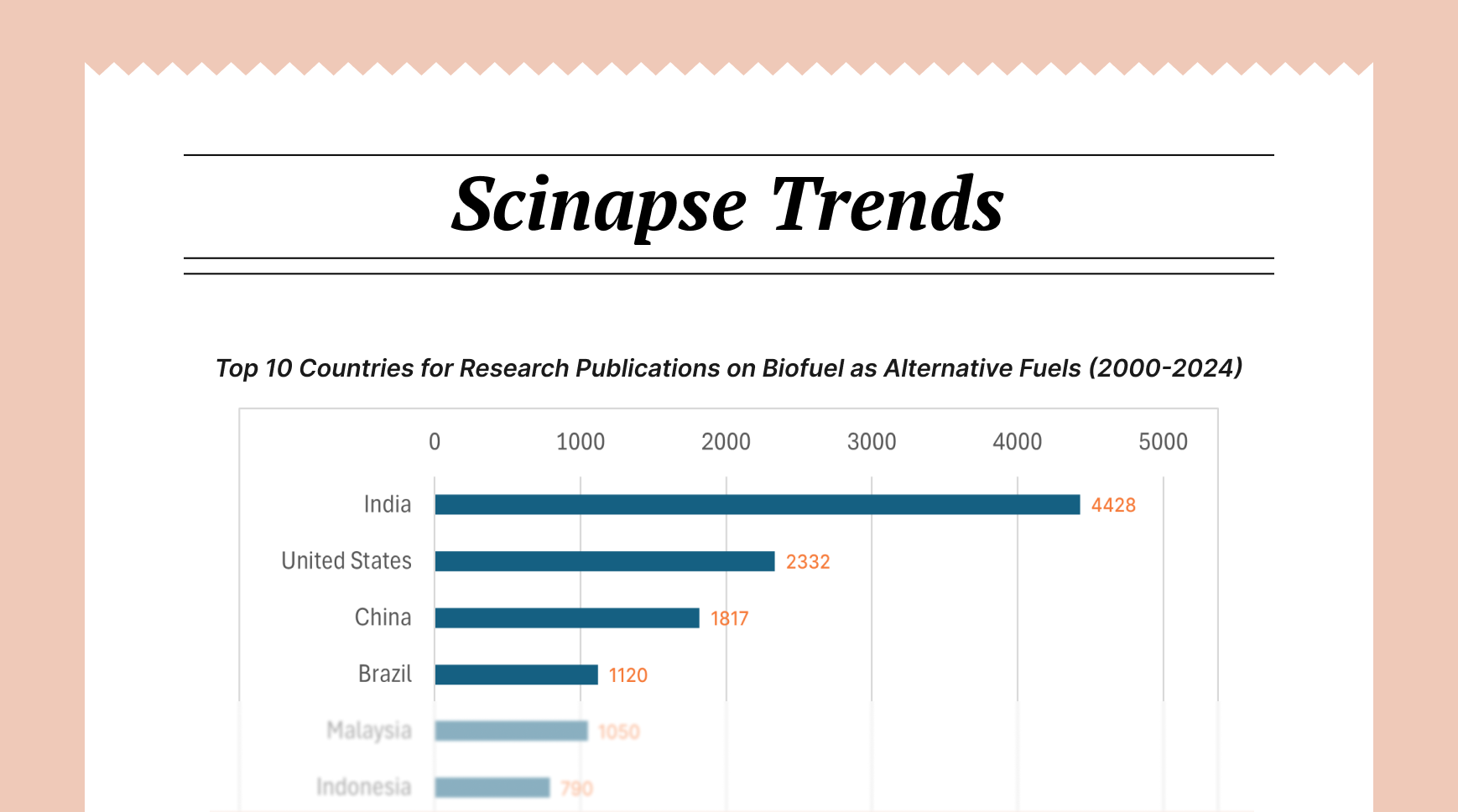Fast Literature Review: Professional Techniques for Efficient and Time-Saving Research

Literature reviews represent one of the most time-intensive components of academic research, often consuming weeks that could be better spent on analysis and original contributions. Today's researchers face an overwhelming volume of published work, making traditional review methods increasingly impractical in competitive academic environments. With strategic planning and emerging AI-powered tools, you can transform this daunting process into a streamlined workflow that delivers higher-quality results in significantly less time. This guide introduces professional techniques to accelerate your literature review process without sacrificing academic rigor or comprehensiveness.

Step 1: Craft a Precision-Focused Research Question
The foundation of any effective literature review is a precisely defined research question. This question serves as your navigational tool, guiding every aspect of your review from source selection to final organization. Without this clarity, you risk becoming overwhelmed by marginally relevant literature.
Your research question requires careful calibration—specific enough to create meaningful boundaries for your search while remaining broad enough to ensure sufficient literature exists. Dedicate time to refining this question through multiple iterations, using preliminary searches to test its effectiveness. If your initial searches generate thousands of results, your question likely needs narrowing; conversely, if searches yield minimal results, consider broadening your scope.
After establishing your central question, define clear parameters for your review:
The foundation of any effective literature review is a precisely defined research question. This question serves as your navigational tool, guiding every aspect of your review from source selection to final organization. Without this clarity, you risk becoming overwhelmed by marginally relevant literature.
Your research question requires careful calibration—specific enough to create meaningful boundaries for your search while remaining broad enough to ensure sufficient literature exists. Dedicate time to refining this question through multiple iterations, using preliminary searches to test its effectiveness. If your initial searches generate thousands of results, your question likely needs narrowing; conversely, if searches yield minimal results, consider broadening your scope.
After establishing your central question, define clear parameters for your review:
1- Time Frame Boundaries
Determine whether to focus exclusively on recent research (critical in rapidly evolving fields like technology or medicine) or incorporate historical context (valuable for understanding theoretical evolution). For contemporary topics, consider limiting your search to the past 5-10 years, while theoretical or foundational topics may benefit from broader historical coverage.
2- Geographical Considerations
Decide whether your review should examine global research or focus on specific regions. A regional focus becomes particularly important for topics influenced by cultural, political, or environmental factors specific to certain areas.
3 - Source Type Parameters
Specify which types of publications you'll include—peer-reviewed journals, books, conference proceedings, dissertations, or gray literature. Different source types offer unique advantages: journals provide peer-reviewed current research, books often offer comprehensive theoretical foundations, and gray literature might contain valuable practical applications or emerging ideas.
Document these parameters in a one-page reference guide you can consult whenever your search begins to drift from your intended focus.
Step 2: Develop a Strategic Timeline
Effective time management transforms the potentially overwhelming literature review process into a series of manageable tasks with defined deadlines. Without a structured timeline, literature reviews can expand indefinitely, consuming far more time than initially anticipated.
Create a realistic schedule that accounts for each phase of the process:
1- Initial Search and Source Gathering (2-3 days)
Focus on identifying potential sources without getting caught in deep reading at this stage.
2- Source Evaluation and Selection (1-2 days)
Apply strict relevance criteria to narrow your reading list to only the most essential sources.
3- Reading and Note-Taking (5-7 days)
Allocate time based on the volume and complexity of your selected sources.
4- Organization and Outlining (1 day)
Structure your findings into a coherent framework before beginning the writing process.
5- Writing First Draft (2-3 days)
Focus on covering all essential content without perfectionism.
6- Revising and Editing (1-2 days)
Polish your draft for clarity, coherence, and academic standards.
This timeline should be tailored to your specific circumstances, including the scope of your review, available time, and prior familiarity with the topic. Consider incorporating small buffer periods between phases to accommodate unexpected challenges or opportunities for deeper exploration of particularly valuable sources.
Track your progress against this timeline, adjusting as necessary while maintaining forward momentum. Even if certain phases require extension, having this structure prevents the review from becoming an endless process.
Step 3: Leverage Advanced Search Technologies
Scinapse represents a significant advancement in literature search efficiency, directly addressing the overwhelming volume and complexity of academic literature that researchers face today. This AI-powered academic search engine provides access to approximately 250 million papers with a carefully curated collection of 100 million quality-controlled publications. The platform covers over 99% of Science Citation Index Expanded (SCIE) journals and integrates multiple prestigious databases, including MAG, PubMed, OpenAlex, and Crossref.
1- Custom Mini Literature Reviews
Scinapse Review enables researchers to generate customized mini-literature reviews by simply entering relevant keywords. Rather than individually examining dozens of papers, you receive a synthesized summary of the most significant insights from recent years, providing an immediate understanding of the research landscape. This capability effectively compresses days of preliminary reading into minutes of focused review.
2- Enhanced Search Functionality
The platform's revamped paper search functionality makes initiating your literature review remarkably efficient. The redesigned main page allows direct keyword entry that takes you straight to results without navigational delays. The enhanced search results page displays critical information—citation counts and author details—at a glance, while improved location filters enable precise geographical narrowing of your search results.
3- Contextual Research Intelligence
Particularly valuable is the contextual summary that appears alongside search results, featuring:
- A concise overview of the topic based on your specific search parameters
- Top 3 Papers listed in descending order of citation count among filtered results
- Top 3 Authors selected from the first and last authors across filtered papers, ranked by total citation impact
These features provide immediate orientation within your research area, highlighting influential works and researchers without requiring manual identification.
4- Advanced Analytical Capabilities
For subscribers to Scinapse Pro, the Research Intelligence tools offer deeper analytical capabilities:
- Visual representation of research trends over time
- Identification of emerging topics within your specialized field
- Network analysis of key authors and institutional collaborations
- Citation pattern analysis showing the evolution of ideas and concepts
5- Optimized Journal Selection
The platform's journal search capabilities have been significantly enhanced with specialized filters that help researchers identify optimal publication venues:
- Category classifications based on Journal Citation Reports
- Research field specializations for targeted journal selection
- Leading-edge field identification for particularly dynamic research areas
- Journal Impact Factor range and quartile filtering for quality assessment
By leveraging these advanced literature review technologies, researchers can condense the literature discovery phase from weeks to days, allocating more time to critical analysis and synthesis—the true value-adding components of literature review work.
Conclusion: The Streamlined Quick Literature Review Process
Through the strategic implementation of precise research questions, structured timelines, and cutting-edge AI-powered search tools, the literature review process can be transformed from a daunting, time-consuming task into a streamlined, efficient component of your research workflow.
This approach not only saves valuable research time but also enhances the quality of your literature review by ensuring comprehensive coverage of relevant sources, identifying crucial patterns and connections, and providing deeper analytical insights that might otherwise remain undiscovered through traditional methods.
By adopting these professional techniques for literature review development, you position yourself to produce higher-quality academic work while maintaining a sustainable research pace that prevents burnout and promotes continued scholarly productivity.
Author: Uttkarsha B
- AI-Ethicist and STM Research & Publishing Expert
Never re-search again.
Scinapse is made by researchers for researchers.
Join the next generation of research at ⏯️ https://scinapse.io/
Pluto Labs
Pluto Labs helps researchers focus on their research by improving several inefficiencies in the academic research process. We offer data-driven insights from academic papers, allowing users to easily obtain review-level results for their desired range of papers.
https://pluto.im/





Comments ()